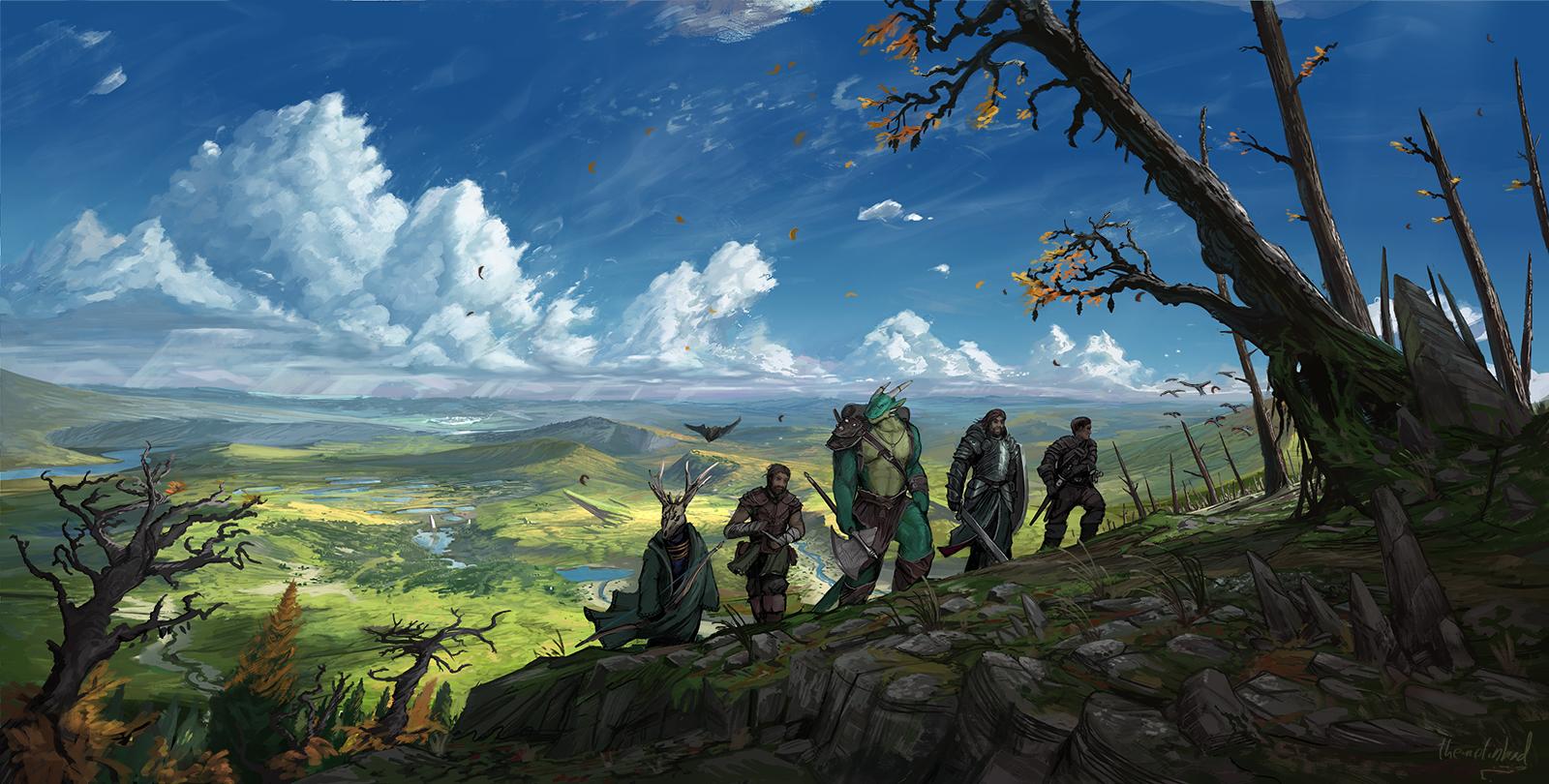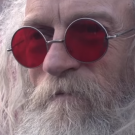-
Content Count
9 -
Joined
-
Last visited
Community Reputation
8 NeutralAbout Degen
-
Rank
Newbie
Personal Information
-
Specialty
Level Design
Modeling
Serverside
Lore/Quests
Contacts
-
Discord
Degen#9685
Recent Profile Visitors
The recent visitors block is disabled and is not being shown to other users.
-
Update: Added a bash script tiling method that's over 50x faster than using GIMP.
-
Each ADT has a 257x257 heightmap. Northshire Valley is about 1 ADT, Stormwind is 2x2, and Elwynn Forest is 2x4. A 4k heightmap would fit the top half of Eastern Kingdoms, 8k can easily fit all of Northrend, and 16k will fill every single ADT (64x64) but at that size the alphamaps can become a problem as theyre 4 times bigger.
-
Method 1: GIMP Method 2: Bash script (Recommended) ___________________________________________________________________________________ Step 3 - Noggit Red Setup Launch Noggit Red and create a new project. Create a new map named Mountains with 10x10 ADTs starting at 1-1.(Set the map expansion to latest for maximum in-game view distance.) Copy the heightmap and alphamap tiles into your Noggit Red project folder at "/world/maps/mountains/". (The folder contents should look like this, with one heightmap and three alphamaps for each ADT.) ___________________________________________________________________________________ Step 4 - Importing the Heightmap Enter your map in Noggit Red and import the heightmaps with Assist > Global > Import > Import heightmaps using a multiplier of 3000. (You can play around with the multiplier to increase or decrease the vertical "stretch" of the terrain.) The terrain should now be deformed. Load all ADTs with Assist > Global > Debug > Load all tiles Reset the lighting and shadows on the terrain by using a sculpting tool with maximum brush size and 0.00 speed. Fix gaps in the terrain with Assist > Loaded ADTs > Fix gaps If you come across impassable tiles, go into Impass Designator mode and use ctrl+left click on the greyed-out squares. ___________________________________________________________________________________ Step 5 - Applying Texture Layers Press U to enter tile mode and zoom out so you can see the entire map.(If you see black spots on your map in tile mode, go back to the normal view and raise your camera height with Q.) Using the largest brush possible, paint your map with a base texture at 100% opacity. I used rock. Repeat the process with a second texture. This is the texture that will be masked off by your layer1 alphamap. I used soil Repeat the process with a third texture. This is the texture that will be masked off by your layer2 alphamap. I used grass. Repeat the process with a fourth texture. This is the texture that will be masked off by your layer3 alphamap. I used sand. In Texture Painter mode, ctrl+click somewhere on your terrain to bring up the texture picker. You should see 4 textures. ___________________________________________________________________________________ A Note on Alphamapping ___________________________________________________________________________________ Step 6 - Importing the Alphamaps Import the alphamaps with Assist > Global > Import > Import alphamaps. After everything loads you should see the final product.



